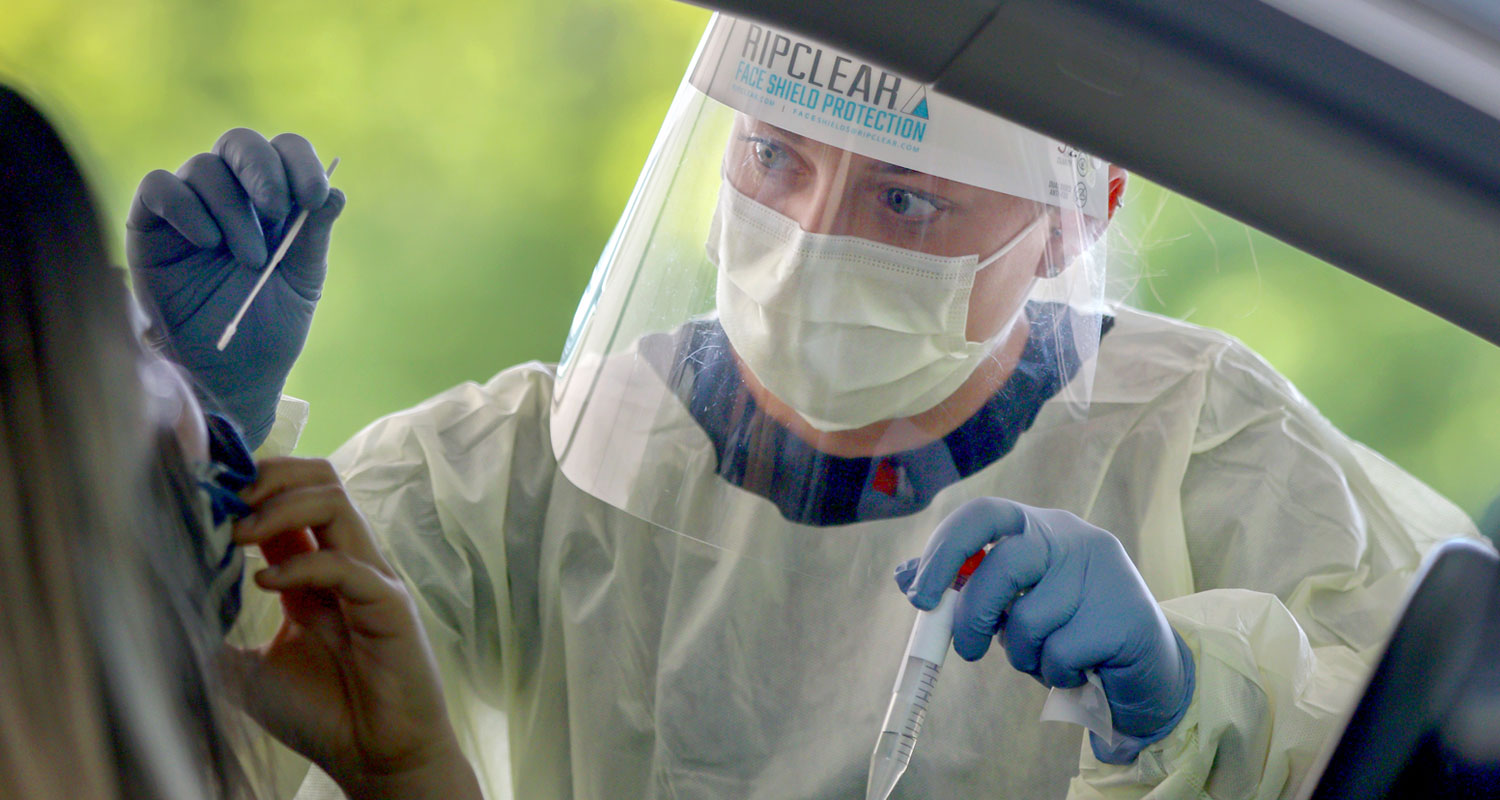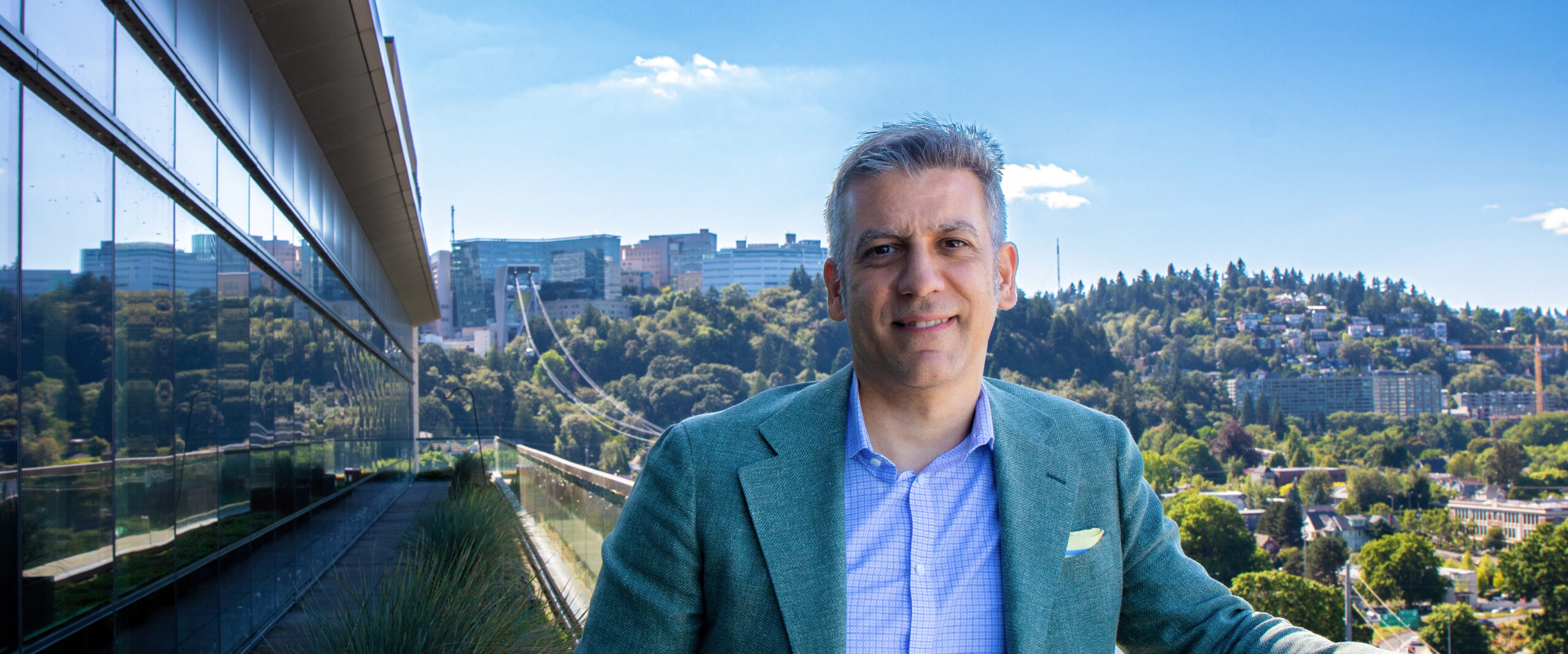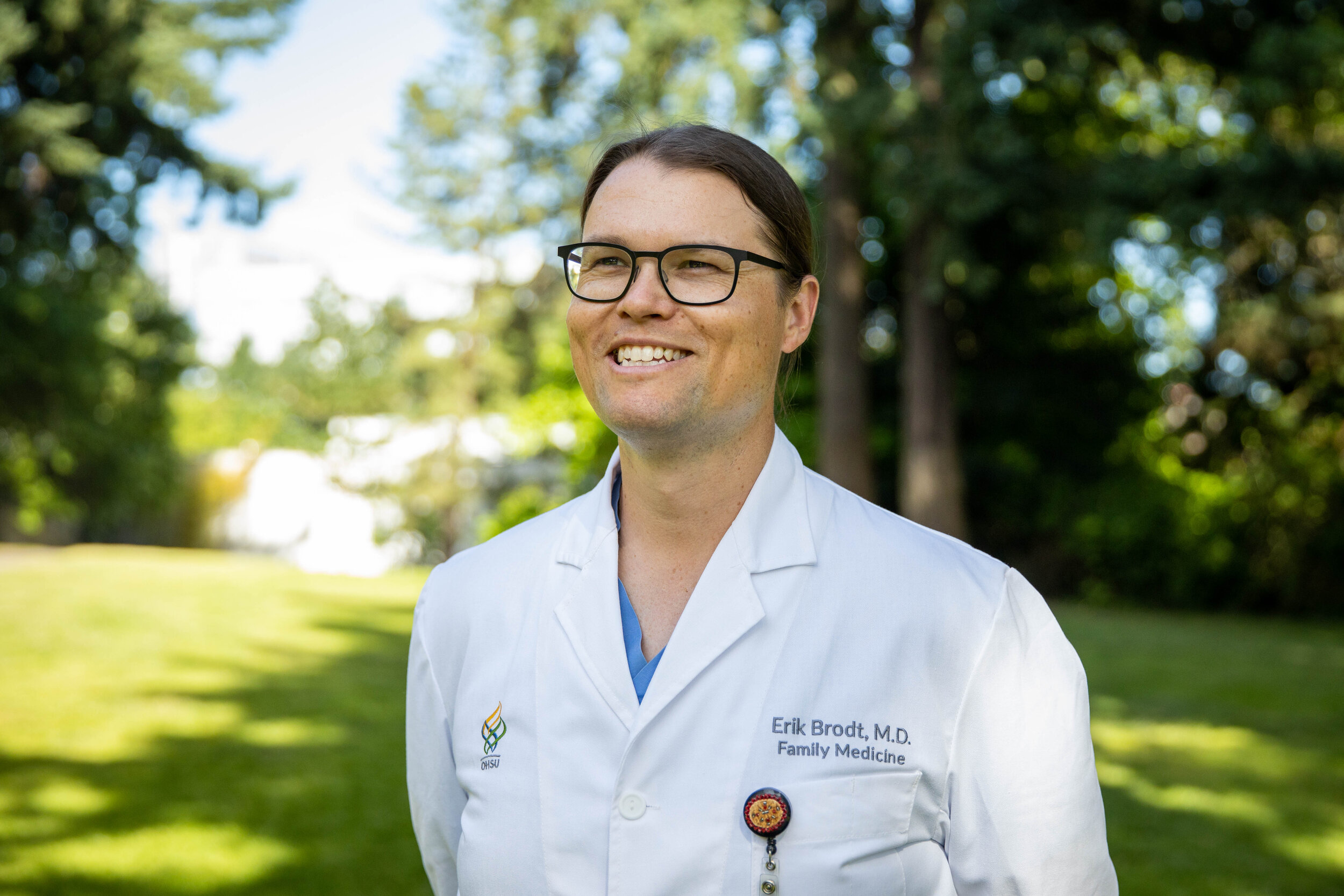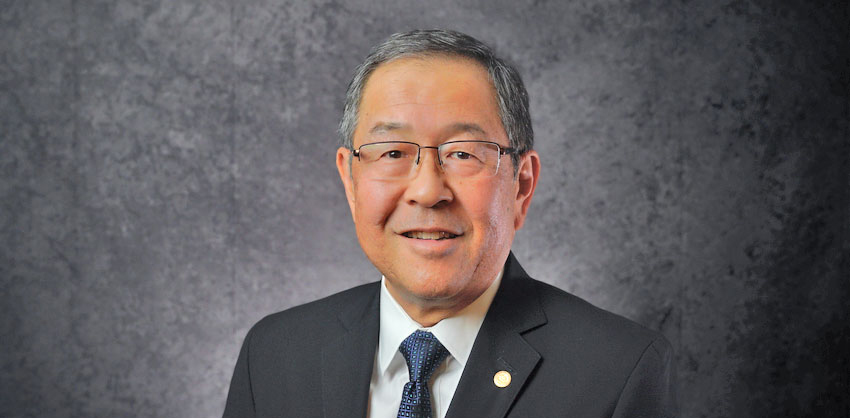So much can change in one year.
We have all experienced change in one form or another, as the coronavirus shut down the world as we knew it. Through it all, OHSU doctors, nurses, students and staff have been on the frontlines, working together to change the course of the pandemic.
In March 2020, we introduced some of OHSU’s health care heroes behind the scenes of the COVID-19 response, and in October, we checked in with a few of them. We hear again from a handful of our health care heroes as they reflect on this past year.
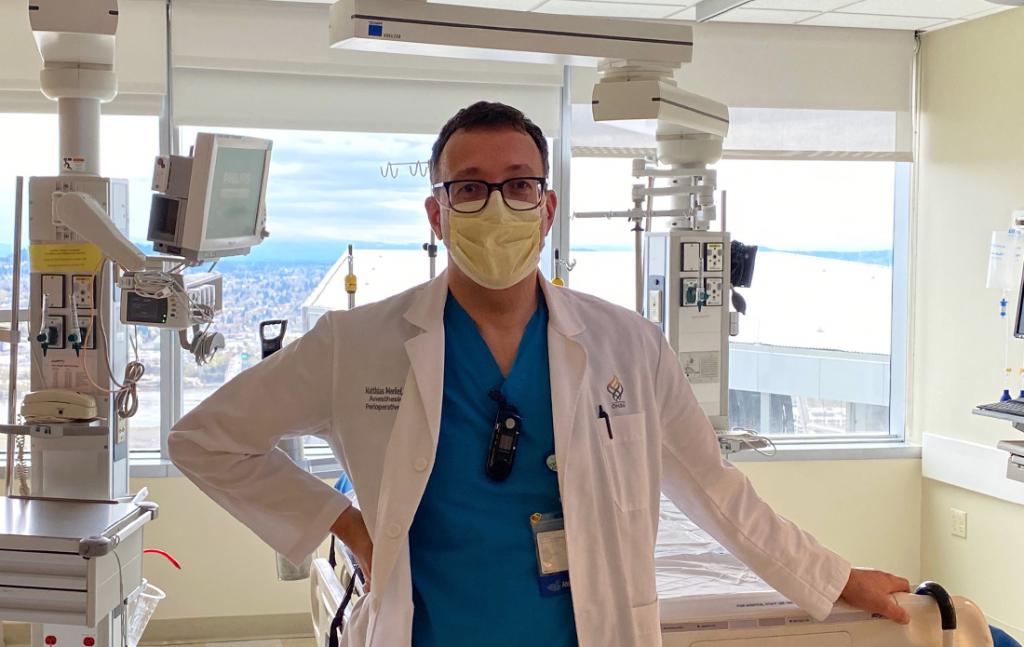
Matthias Merkel, MD, PhD
Senior Associate Chief Medical Officer for Capacity Management and Patient Flow
“This year has been an ever-changing roller coaster. A year ago, we started to figure out how to get ready for the influx of patients and developed a lot of protocols and workflows. We shifted as fast as we could to focus on providing excellent COVID-19 care, keeping everybody safe and providing care for all other patients. Fortunately, Oregon never had a massive wave to overwhelm our health system.
Every member of our institution stepped up to help us get through this. I gained a lot of appreciation for our logistics team, who provided us with protective equipment and kept the supply chain intact. I met a lot of incredible people who I would not have met without COVID. Their willingness to find the best way to do things has been energizing.
There are still so many things far away from normal, and I think part of that is recognizing the ‘new normal.’ I never thought the pandemic would be a blip and things would go back to how they were before.
Being an intensivist, one thing I’ve learned in my career so far is to coach patients that after surviving a critical illness, you will never be like you were before — because of physical and psychological changes. I think this is a question for all of us as a result of the pandemic: how do you find meaning and purpose in life?
The support through philanthropy early on and throughout this pandemic has been critical. Specifically, the $7 million donation from Phil and Penny Knight and Nike leaders has allowed us to build the state-of-the-art Virtual ICU care center. And it also allowed us to build the first-of-its-kind, real-time bed capacity tracking of the entire state, which is being replicated in other states and outside countries. Without philanthropic support, we would not have been able to lift it off, and is a good example of how targeted philanthropy can make a huge difference.”
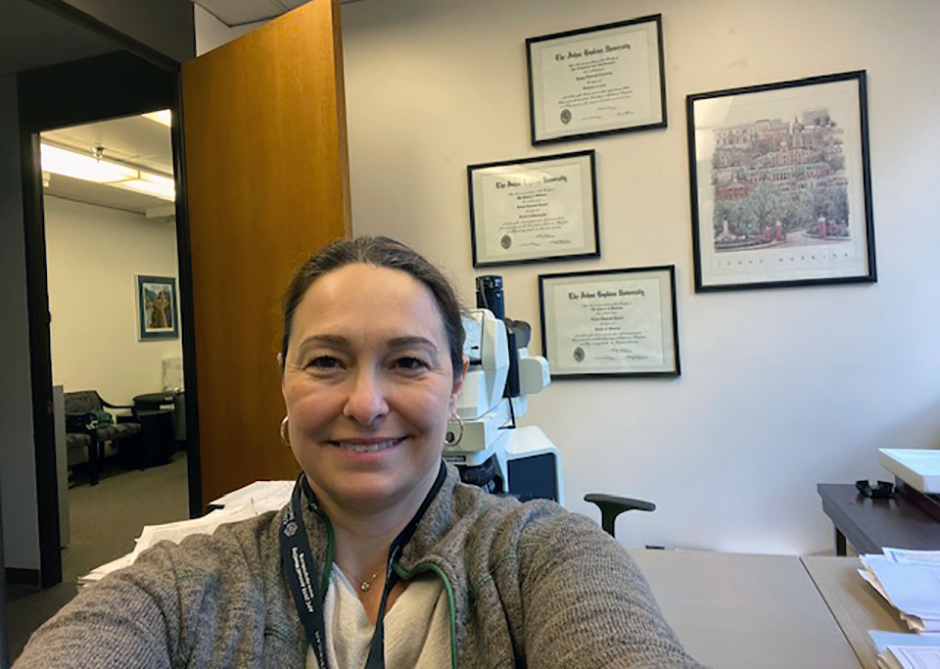
Donna Hansel, MD, PhD
Professor and chair of pathology and laboratory medicine
“We have seen testing needs drop dramatically over the past several months, after high demand for much of the first year. This has shifted our focus to developing improved antibody tests for individuals post-vaccine, if that is needed, as well as variant testing and tracking. We have also developed less invasive testing, including a saliva test that performs well.
There has been much more public awareness of what pathology laboratories do and how tests are developed. I think much of this has been behind the scenes and it’s refreshing to share what it is we do as a profession. This has also led to a great feedback channel, in which pathologists can continue to develop new tests that consumers want. Some examples include saliva testing, rapid testing, and at-home testing kits for COVID-19.
The pathology community recognized this would be a long-term testing need early on and we were prepared for this to go on for some time. We are not out of the woods yet and we are expecting COVID-19 testing to become more routine in future years, similar to how we perform flu testing.
It’s important to not forget the lessons we have learned as this pandemic continues to unfold. We are at risk for new pandemics in the coming years but the lessons we learned this round can be applied in large part to future outbreaks.”
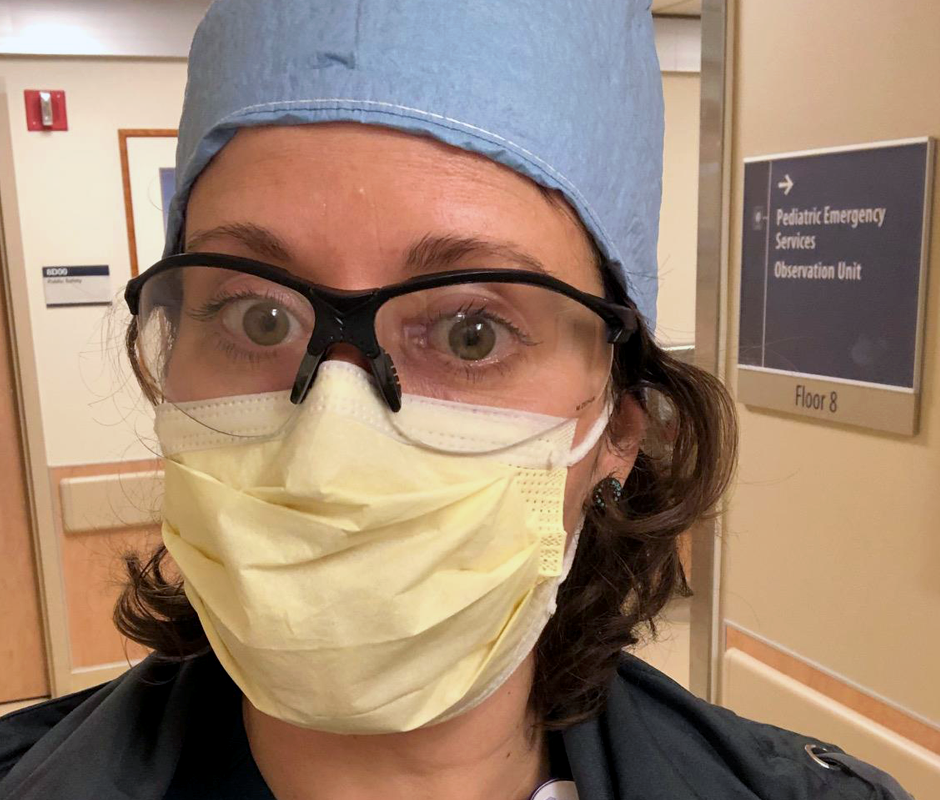
Myra Monberg, RN
Emergency department
“This has been an incredibly stressful year. From the unknowns at the beginning of the pandemic, to relief when we did not get hit as badly like other cities, working in the emergency department has not been easy.
Caring for COVID patients was initially so scary — mostly wondering, ‘When will this infect me? When will I bring it home to my family?’
But, as nurses tend to do, we strap on our N95s and face shields, and move onward to care for whoever comes through our emergency doors.
We’ve become more at ease with caring for these patients on a daily basis, but are very happy to see the COVID numbers dropping in our emergency department.
Our teamwork in the emergency department has been so great. We’ve come up with some innovative ways to be ready should a surge of COVID patients arrive. The outpouring of support from the community through donated meals, signs, cards and thank yous was so wonderful for the first few months. Most of that has stopped now, but we hope the community continues to be aware that their actions and safe or risky behaviors have a real trickle-down effect on how many community members contract COVID and end up in our emergency department.”
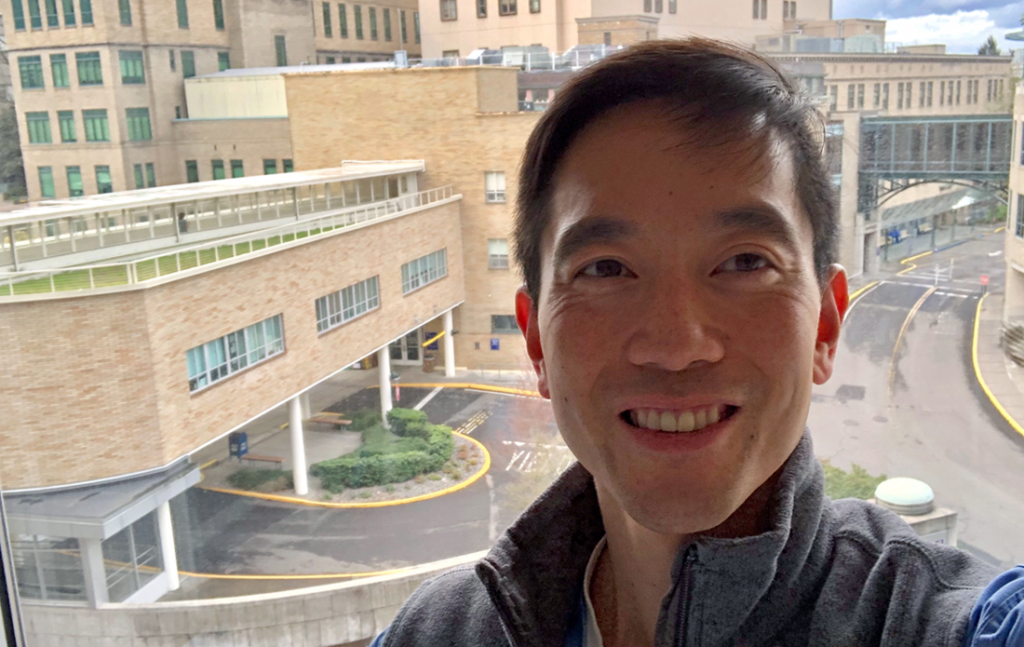
Anthony Cheng, MD
Primary care physician and medical director for the COVID-19 Connected Care Center, the newly established hotline and telemedicine service for patients
“The call volume of the COVID-19 Connected Care Center has continued to track along with case counts in the state. As of February 2021, more than 79,000 individuals have used the hotline. Since we’ve started tracking talk time, we’ve logged more than 12,000 hours.
Throughout this year, we have matured into an awesome team with many experienced nurses and leaders. We have partnered with the Oregon Department of Education to provide guidance to Early Learning Centers, and have established a core team that is critically analyzing our service with an equity lens.
We have served many patients who would not have otherwise been able to seek care. We also supported OHSU Health clinics by managing a large volume of complex care. Our team has the capacity to serve people care in a low barrier way — we are just at the other end of the phone.”
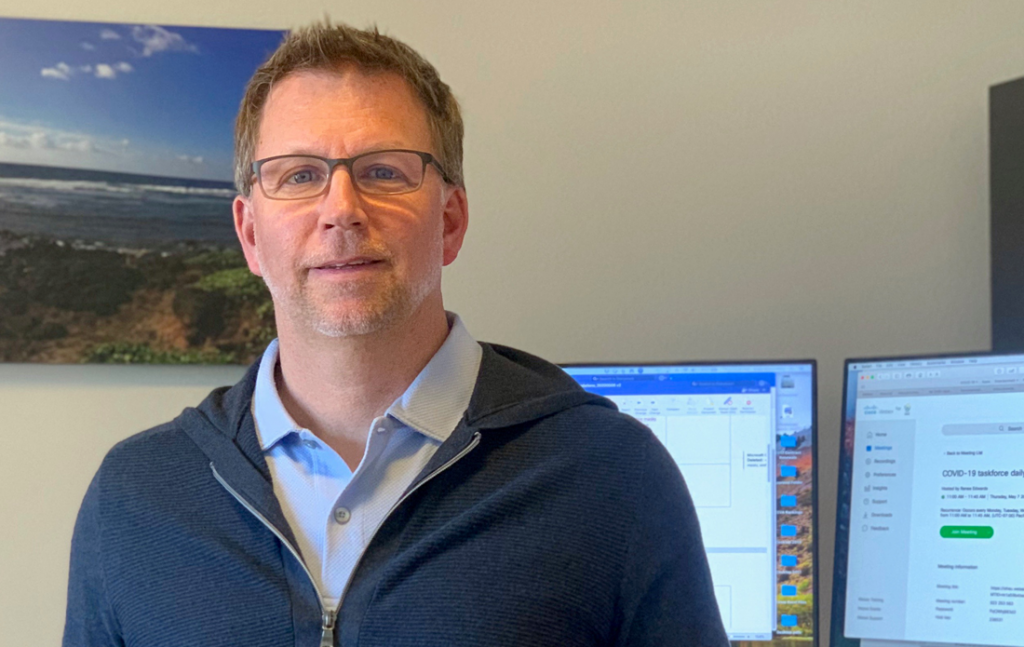
Mike McCaffrey
Associate vice president of logistics
“We have moved from frantically finding and vetting PPE and other related products amidst global shortages to creating a long-term, sustainable approach.
As soon as we could catch our breath after the start of the pandemic, we focused on securing 90 to 120 days of PPE inventory so that we could weather the upcoming predicted surges. I can’t say enough about the collaborative work and the people who have helped us to be successful.
My work, my team’s work and that of the PPE Taskforce has been incredibly meaningful and impactful. In the past, our work to ensure medical supplies are available has been pushed forward into the spotlight, but it has never happened to this degree. Seeing the results of our work and hearing that staff feel confident that they have the right PPE to take care of their patients has been a source of incredible pride for me and my team.
I recently lost my mother-in-law to COVID. She was 84 and was a retired 40-year nurse. She and my father-in-law had been married for 55 years. It was tragic and it has been an incredibly painful process, but it underscores the importance of what we do, why we do it and the impact our work has.
To lose anyone is difficult but to lose a loved one to COVID, and to lose her at this juncture, has been heartbreaking. Part of what has brought me strength has been seeing and participating in all of the momentous work to support the area’s vaccination sites.
I volunteered at the PDX site and to see the smiles and relief on the faces on some of the most vulnerable population was something that gave me hope and encouragement as we all work very hard to end this pandemic.
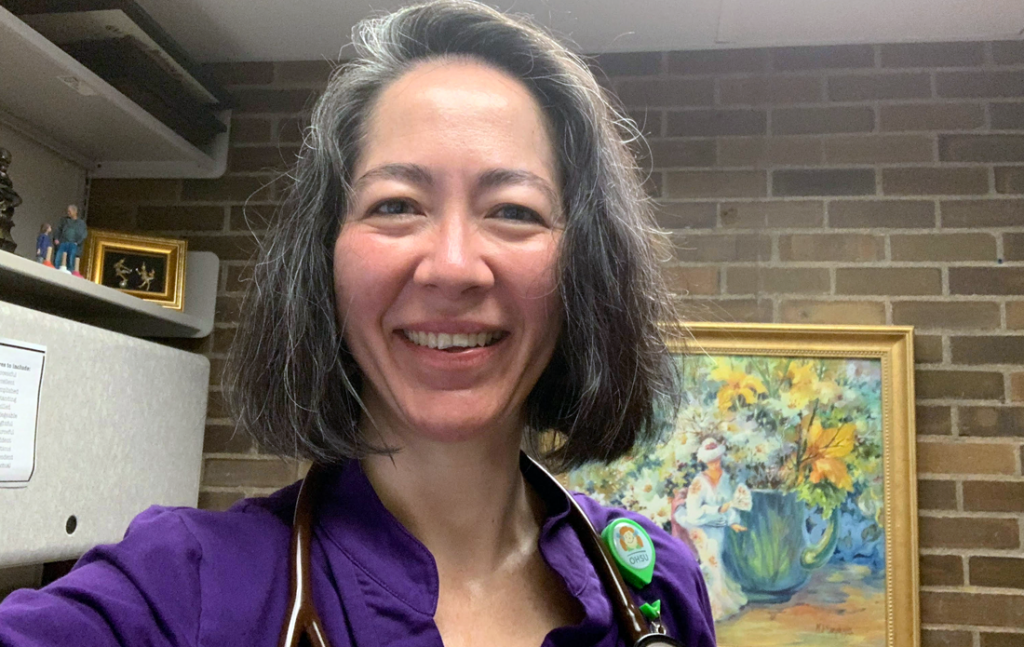
Dawn Nolt, MD, MPH
Associate professor of pediatrics, Division of Infectious Diseases, OHSU School of Medicine
“In contrast to the hustle and bustle surrounding the start of the pandemic, the focus has now shifted to non-COVID-19 related issues. There’s still hustle and bustle, but we are now addressing issues which were placed on hold during the frenzy of COVID-19. COVID-19 concerns still arise, but we have more experience and calm to deal with these concerns.
Adjustment is a continual process. I have adjusted from the frenetic pace (flat-out sprint) of the start of the pandemic, now to a maintenance pace (a nice jog, but not yet a walk). The ability to take a deep breath in moments of high stress, to drink enough water during the day so that you can speak without a dry mouth, and to hug your family is so important during these times.
Although we don’t work for gratitude or recognition, we appreciate the outpouring of support from donors and the general public. We couldn’t do our hard work without you. Continue to support us, including masking, physical distancing, hand washing, and getting vaccinated.”
